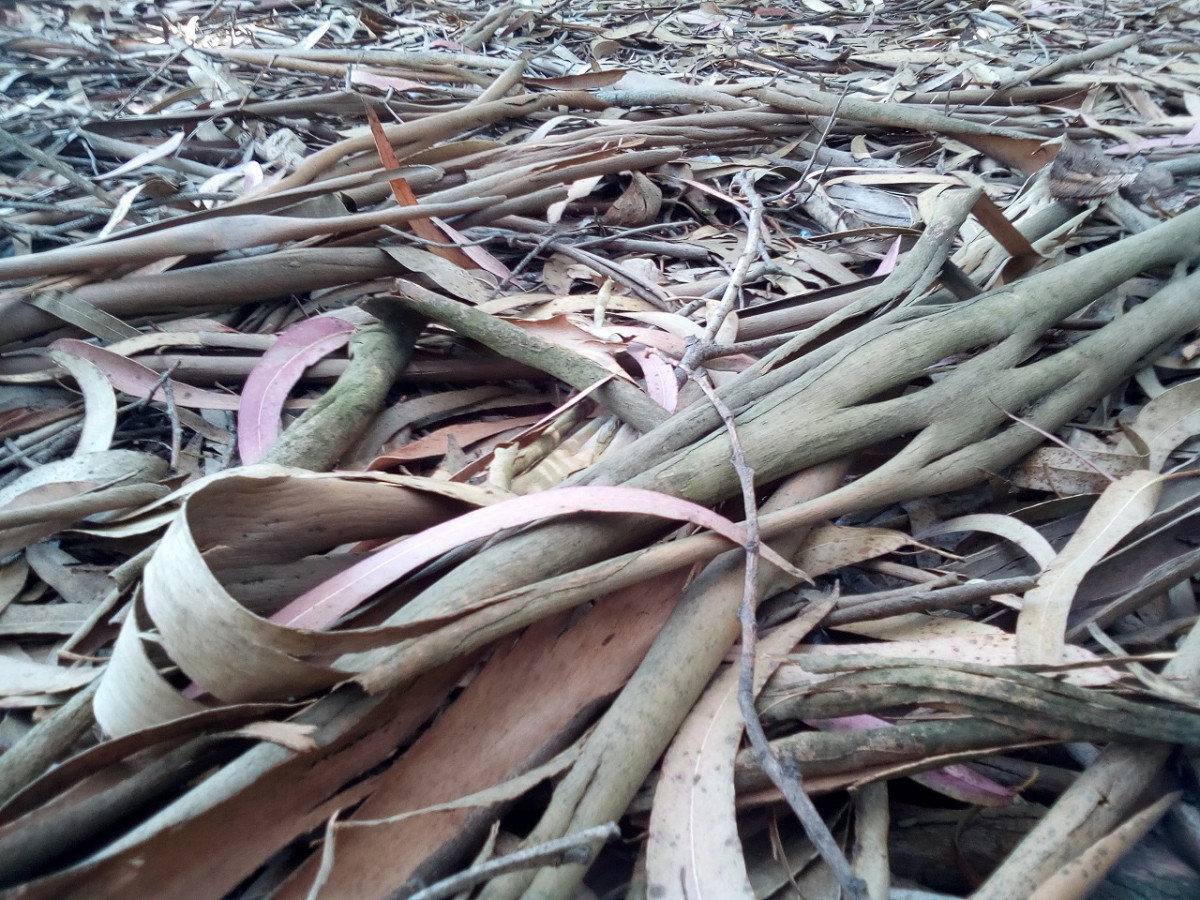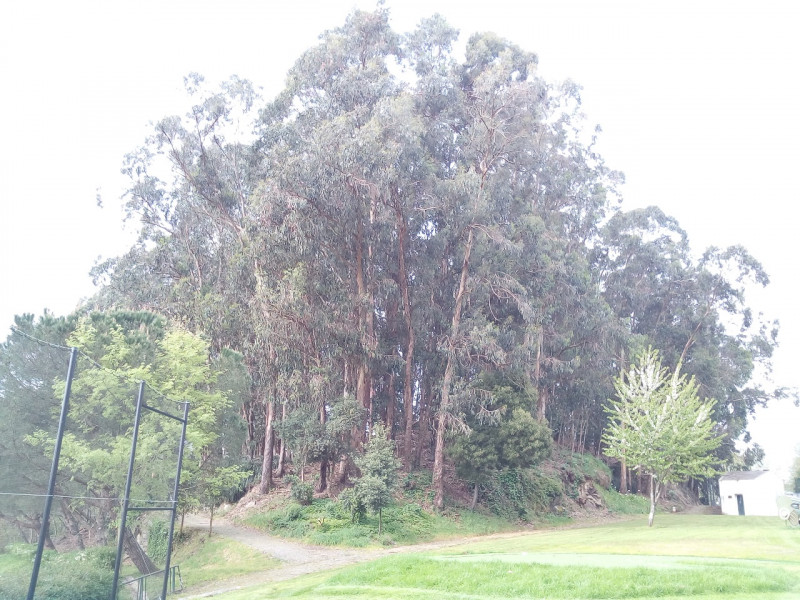
# 0033
Eucalyptus globulus bark and leaves
Living Thing, Several Things, Common, Gathered, Museum, Polymers, Decades
Socio-cultural Data
Historical Uses
Eucalyptus was introduced to Portugal in the mid-nineteenth century, initially it was a specimen of botanic gardens by by the late 1890s was being planted for commercial forestry.
Present Uses
About 35% of the Portuguese territory is nowadays covered by forest. Eucalyptus species, mainly Eucalyptus globulus Labill comprises 26% of the total forest cover. A keystone species for the paper and pulp industry, Eucalyptus is a significant contributor to economic production of raw and finished materials including a wide range of plywood and solid wood products.
Other Fascinating Facts
It is possible to make a pipe to carry water using the curled bark.
Technical Data
Class of Material
Polymers
Bio-temporal-geographical Data
Place of Origin · Image / Video / Audio (.jpg, .png, .mp4, .mp3 up to 30MB)

Residence time (How long does the matter/material/artefact stay in an unaltered state in the location/context/system before it decay?)
Decades
How does the item affect the environment in which it exists?
Nourish it
Ontological-cosmological Data
tactile
How would you like to be with this artefact/material/living thing/matter?
to try making useful things for humans and other-than-humans
How does transforming this artefact/material/living thing/matter transform you?
I will have to experiment to find out!
What can humans give back to this artefact/material/living thing/matter?
use it wisely